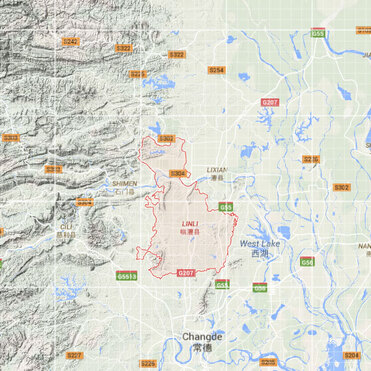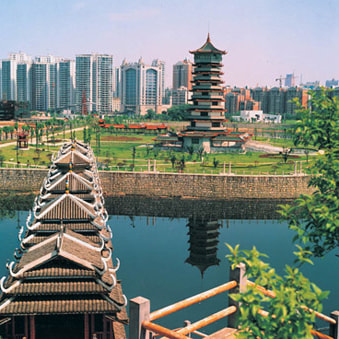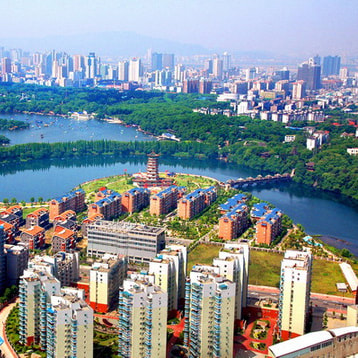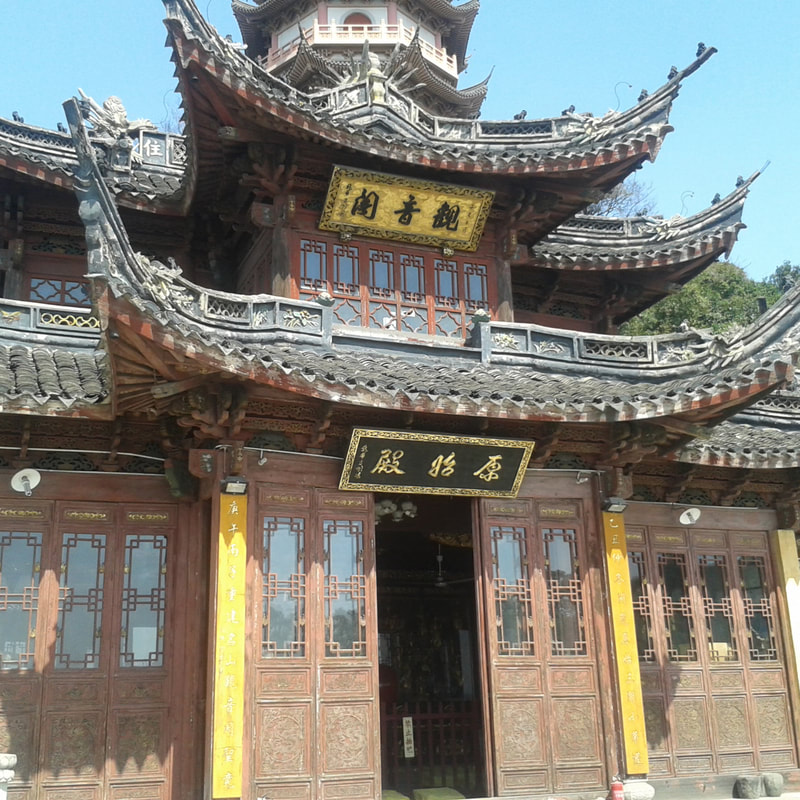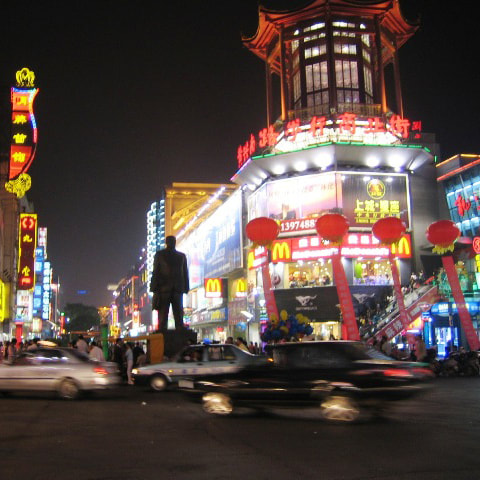Linli is in Hunan Province, northwest of Changsha
Linli County (simplified Chinese: 临澧县; traditional Chinese: 臨澧縣; pinyin: Línlǐ Xiàn) is under the administration of Changde, Hunan province, China. It is located in the north-central part of Changde City.
Hunan (Chinese: 湖南; pinyin: About this sound Húnán; Hunanese, Shuangfeng dialect: [ɣəu˩˧nia˩˧]) is a province of the People's Republic of China, located in the south-central part of the country to the south of the middle reaches of the Yangtze River and south of Lake Dongting (hence the name Hunan, which means "south of the lake"). Hunan is sometimes called and officially abbreviated as "湘" (pinyin: Xiāng) for short after the Xiang River which runs through the province.
Hunan borders Hubei in the north, Jiangxi to the east, Guangdong to the southeast, Guangxi to the southwest, Guizhou to the west, and Chongqing to the northwest. The capital is Changsha.
Hunan's primeval forests were first occupied by the ancestors of the modern Miao, Tujia, Dong and Yao peoples. It entered the written history of China around 350 BC, when under the kings of the Zhou Dynasty, it became part of the State of Chu. After Qin conquered the Chu heartland in 278 BC, the region came under the control of Qin, and then the Han dynasty. At this time, and for hundreds of years thereafter, it was a magnet for migration of Han Chinese from the north, who displaced or assimilated the indigenous people, cleared forests and began farming rice in the valleys and plains. The agricultural colonization of the lowlands was carried out in part by the Han state, which managed river dikes to protect farmland from floods. To this day many of the small villages in Hunan are named after the Han families who settled there. Migration from the north was especially prevalent during the Eastern Jin Dynasty and the Southern and Northern Dynasties Periods, when nomadic invaders pushed these peoples south.
Redlands Sister Cities Association is a 501 (c) (3) nonprofit organization with a Federal Tax ID number of 33-0614702. Your generous donation is tax deductible to the fullest extent allowed by law. Contact your tax advisor for precise guidance.
Proudly powered by Weebly
